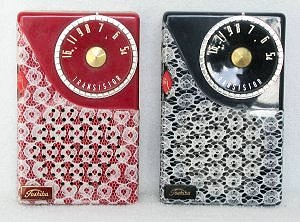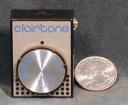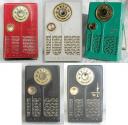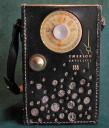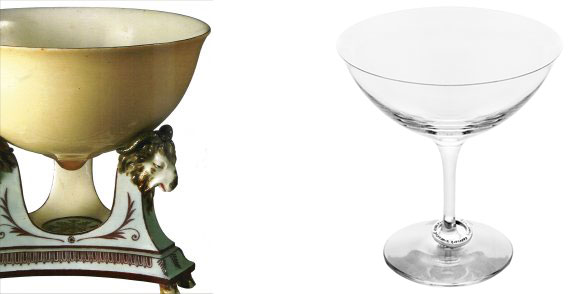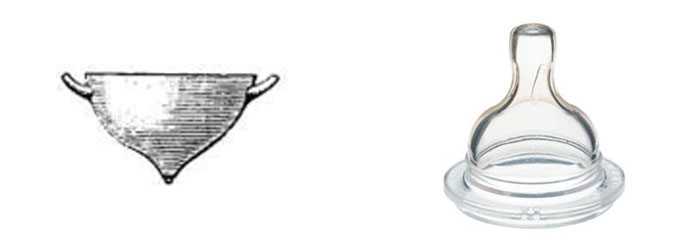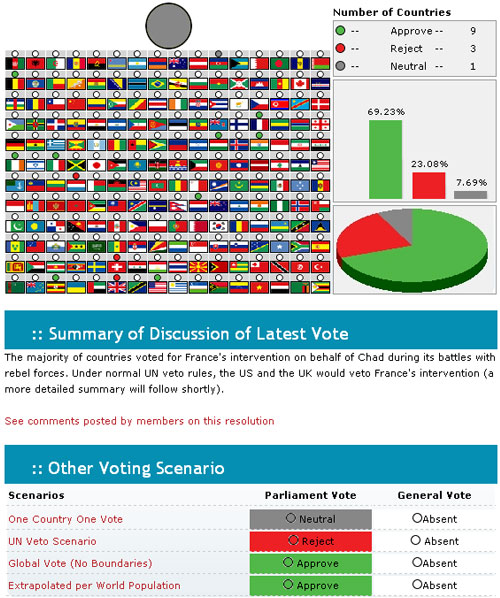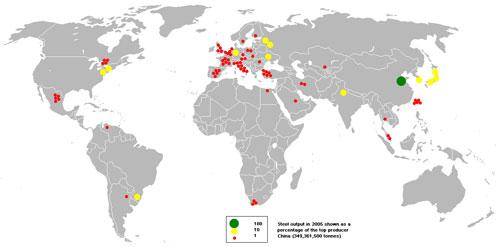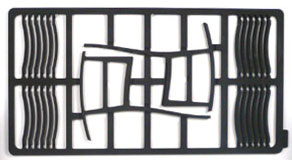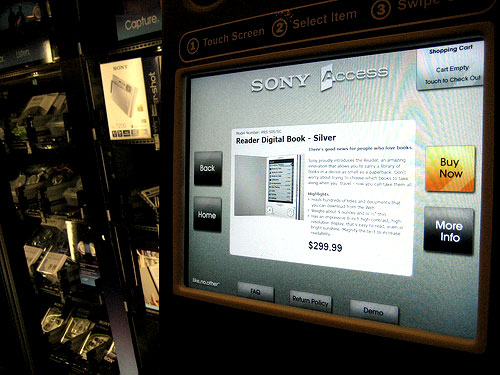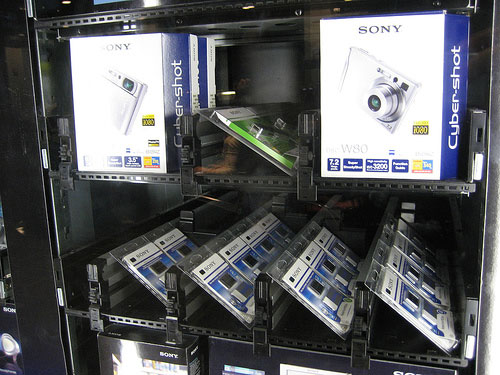
i just picked up this balinesian sea salt packaged in a coconut at whole foods because i couldn’t resist the packaging design (or lack thereof). never mind the idea of shipping salt, let alone from bali. the coconut packaging has three distinct advantages over the plastic, metal foil and paper that the other foods are packaged in:
1. it’s made from a renewable resource, likely a by-product of the coconut industry
2. it’s made from a local resource, so no materials need to be imported to make it
3. it has inherent traceability, in a very tangible way
the coconut is also something beautiful and useful, so even though it could be composted it will probably serve for much longer than a comparable package as a sugar bowl or some other such thing. the only thing better than growing packaging would be to have none at all…
